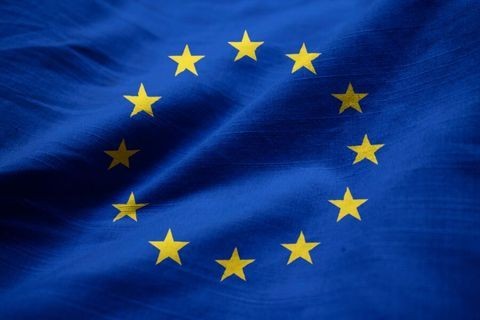Antitrust Division Update Affirms Continued Efforts of Procurement Collusion Strike Force
Client Alert | 1 min read | 06.24.20
As part of its 2020 Update, the DOJ’s Antitrust Division highlighted the ongoing work of its Procurement Collusion Strike Force (PCSF), with Assistant Attorney General Makan Delrahim specifically noting the work of the PCSF in his personal remarks. Calling the response to the PCSF “overwhelmingly positive”, Delrahim underscored the Division’s priority of enforcing the criminal antitrust laws and stated that the PCSF will be a primary tool for investigating and prosecuting criminal antitrust violations related to the COVID-19 pandemic.
The Update also reiterated that the interagency partnership has been hard at work in the ten months since its launch, identifying and investigating potential antitrust crimes in public procurements. The Update noted that since its inception in November, the PCSF has conducted more than 30 in-person training presentations in 13 states and the District of Columbia, and its work has continued during the pandemic with PCSF attorneys leading over a dozen interactive virtual training programs for 2,000 criminal investigators, data scientists, and procurement officials from 500 federal, state, and local agencies.
Importantly, the Update reported that DOJ has secured additional funding for the PCSF to support its outreach efforts, as well as its investigations, indicating the Antitrust Division has both the interest and the resources to remain focused on these issues for the foreseeable future.
Contacts
Insights
Client Alert | 14 min read | 12.22.25
European Commission Proposes Biotech Act to Boost Health Biotechnology in the EU
On December 16, 2025, the European Commission published its proposal for a regulation establishing a European Biotech Act to strengthen the EU's biotechnology and biomanufacturing sectors with a primary focus on health.
Client Alert | 11 min read | 12.22.25
European Commission Proposes Simplifying the Rules on EU Medical and In-Vitro Diagnostic Devices
Client Alert | 3 min read | 12.22.25
Second Circuit Expands District Court Review of Magistrate Judge Report and Recommendations
Client Alert | 2 min read | 12.19.25



